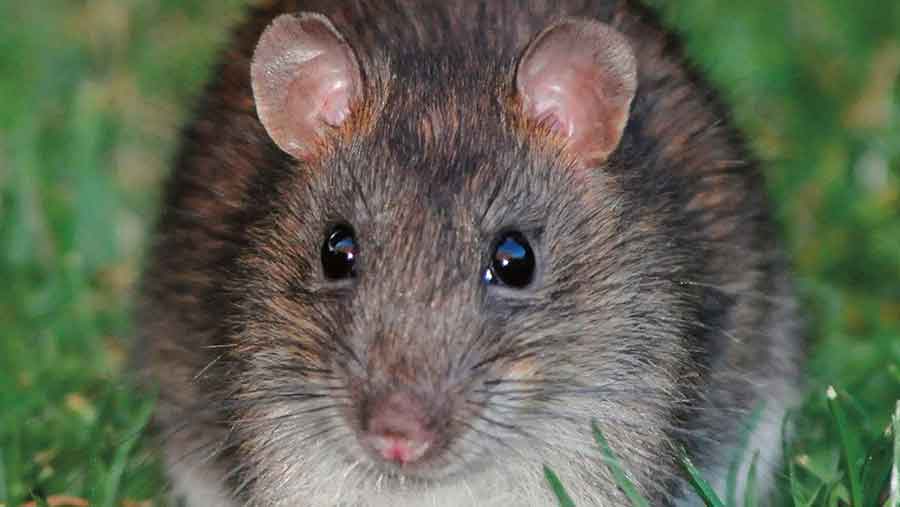Top tips on autumn rat management for poultry farmers
 © Mike Walker/Rex/Shutterstock
© Mike Walker/Rex/Shutterstock Autumn is the time of year rodents really begin to cause problems for poultry farms.
After harvest time sources of food beginning to dwindle and temperatures become cooler, so rats and mice will move to warmer environments that offer access to food.
The poultry environment
Everything in a rodent’s life revolves around food. It is their number one priority, closely followed by somewhere to live, breed and raise their young.
Poultry houses meet all of those criteria and the potentially devastating consequences of infestation makes their prevention and control a priority.
See also: How to bait properly to control rodents on poultry farms
It’s not just the direct cost of the feed that rodents eat or contaminate, but the damage they cause to buildings and equipment, including insulation and electricity cables, which may lead to a flock-threatening power cut or short-circuit that causes a fire.
Health risks
They are also vectors for diseases that threaten flock and human health.
Mice and rats carry lice, mites and fleas which are linked to poultry diseases such as salmonellosis, colibacillosis, coryza, pasteurellosis, mycoplasmosis, hemorrhagic enteritis, hymenolepiasis, capilariasis and ascaridiasis.
They also harbour zoonotic pathogens such as salmonella which can spread from animals to humans, potentially causing irreparable financial damage to a poultry business through breaches of food safety legislation.
Controlling rodents
Controlling rodents effectively is not rocket science, but must be done effectively using a proactive strategy focusing on good housekeeping, regular monitoring and effective controls.
An adult rat will consume up to 50g of feed per day, and a mouse 2.5g, which alone can be financially significant. But more so is the fact that for every 1kg of food eaten rodents may contaminate a further 3kg, greatly increasing conversion rates and production costs.
They also multiply at an alarming rate – a single pair of brown rats can become 200 in a year, and two house mice 60 in three months.
Once they are established, considerable losses will already have occurred and controlling them becomes much more difficult, time consuming and expensive.
To do so effectively you have to kill a very high percentage, because even a small number will quickly repopulate an area.
That requires knowledge, skill and attention to detail, as the action which can be taken and products allowed are tightly regulated.
The cost of controlling rodents is tiny when compared with the potential financial losses resulting from an infestation, making it a priority area for any poultry unit manager.
To control rats on farms you need industry certification, see Lantra for more details of how to get training.
Top tips for rat control
There are simple things every farmer should be considering when planning their rodent control strategy:
- Clear up any food spills around outdoor or internal feed bins.
- Keep the area around buildings clear of vegetation and clutter. This will act deter rodents due to the risk of predation and allow you to spot signs of activity more easily.
- Minimise access to buildings. It is virtually impossible to make a poultry house totally rodent-proof but you can make life more difficult for them by ensuring that dwarf walls fit flush to the main walls and prevent access to the insulation layer. If they do, it should be very easy to see pieces of insulation scattered around.
- Seal vulnerable areas of buildings using materials that rodents cannot gnaw.
- Ensure that doors provide an effective barrier by being structurally sound, with no gaps between frames and walls. Keep them shut whenever possible to prevent rodents from entering from outside.
- Check that any pipes or ducting between feed preparation areas and poultry houses are closely fitted, with no gaps. Milling and mixing rooms provide an ideal environment for rats and mice, as well as a potential conduit into poultry sheds.
- Store materials that could provide potential nesting sites in secure areas, or move them regularly to disturb rodents and move them on.
- Monitor continually for signs of droppings, urine, rub and tail marks, tracks and damage to the fabric of buildings. If more than a few rodents are present you should be able to smell them.
